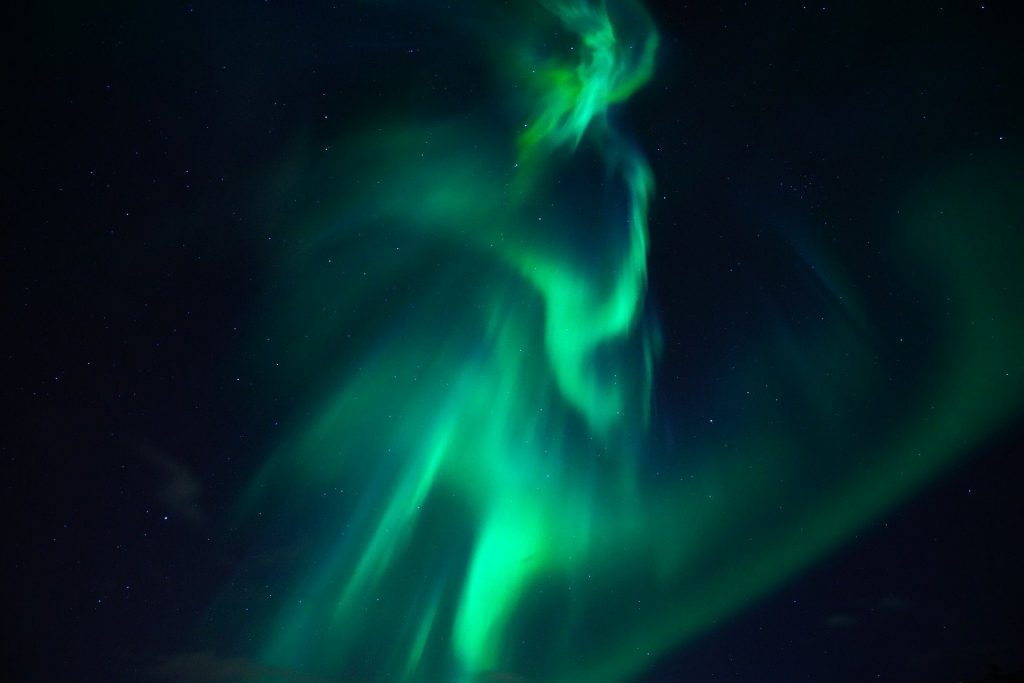The Northern Lights are among the most beautiful and mysterious natural wonders ever documented, with many myths and theories developing about their origins and meaning. There are many areas of the world where the Northern Lights can be seen, with lights possible in both the northern and southern hemispheres. Among the myths that have grown up around the Northern Lights is that of the Aboriginal people of Australia and New Zealand, who believed the lights to be the reflection of campfires ancient people had enjoyed for thousands of years.
Read More: Avails and Installing Process of LED Shop Lights
What are the Northern Lights?
This is one of the most exciting questions to be posed because the process of forming the Northern Lights forms millions of miles from the Earth on the surface of the Sun. There has long been a theorized link between solar flares and the arrival of the Northern Lights in both the northern and southern hemispheres. In the north, the phenomenon is known as the Aurora borealis, and the Aurora australis in the southern hemisphere.
Scientists have completed research on the origins of the Northern Lights for thousands of years, dating back beyond Galileo Galilei to ancient times. Scientists have consistently asked what are the Northern Lights for centuries. However, a recent study showed the origin of this beautiful natural light display begins on the surface of the Sun with the release of particles in the form of a gas, known as a Coronal Mass Ejection. The release of this form of gas is well-known for providing problems with electronic equipment and has been known to cause problems with the communication between Earth-bound equipment and satellites.
When the gases released by the Sun make their way toward the poles of the Earth, they can interact with the magnetic field of the planet that focuses on the North and South Poles. Most of the particles from a CME are deflected beyond the atmosphere of the Earth, but a few slide into the atmosphere and collide with gas particles to create an interaction that can include the emission of light. These particles are the cause of the Northern Lights and are best seen at night or when the skies are dark.
Why Are There Different Colors?
Some theories explain why the lights can be seen in different colors and shades throughout their cycle. The different colors of the Northern Lights are explained by scientists by the height of the particles when they descend through the atmosphere and collide with other gas particles. When you look out across the night sky and see the most common aurora colors of yellowish-green, these particles have fallen close to the surface of the Earth before they collide with other forms of gas. These are usually around 60 to 150 miles from the surface of the Earth.
Several different colors can be seen in the night sky when you are looking to view the Northern Lights, including the blueish hue that is seen in the lights at some points. When the lights turn blue, they are their closest to the surface of the planet, according to some scientific theories. Some experts have theorized the particles from the Sun are just 60 miles or less from the surface of the Earth when they interact with gases in the Earth’s atmosphere. Much rares are the lights that have a pink or reddish color that interacts with gases at the edge of the atmosphere above 150 miles from the surface of the Earth.
Where to See the Northern Lights?
One of the things that you should know is there have been reports of the Northern Lights being seen as far south as the Equator. However, they are commonly seen close to the poles of the Earth, where the magnetic field is at its most active. Among the areas of the planet where the Northern Lights are at their most active areas in the extreme north during the winter months. Nations such as Greenland and parts of Scandinavia that are located within the Arctic Circle see long nights that allow the Lights to be seen for longer periods of time. Check out a full list of the best places to see the Northern Lights here.
The Northern Lights are visible in many parts of North America, including the most northerly areas of Canada and Alaska, where they can be seen throughout the majority of the year. The phenomenon is best known for occurring over the winter months, but this is because the skies are darker over this period of the year, and the lights are easier to see. If you want to see the Northern Lights, the winter months in nations in the extreme north are usually the easiest to see.
Overview
The Northern Lights, or Aurora Borealis, is a breathtakingly beautiful natural phenomenon that occurs in the Earth’s atmosphere. It is a natural light display predominantly seen in the high-latitude regions around the Arctic and Antarctic.
What Causes the Northern Lights? The Northern Lights are caused by the collision of charged particles from the Sun with the Earth’s magnetic field and atmosphere. When the charged particles collide with the gases in the atmosphere, they create a glowing effect that results in the Northern Lights.
Where Can You See the Northern Lights? The Northern Lights can be seen in countries such as Norway, Sweden, Finland, Iceland, Greenland, Canada, and Russia. The best time to see the Northern Lights is during the winter months, from September to March when the nights are longer and darker.
What Do the Northern Lights Look Like? The Northern Lights come in a variety of colors, such as green, pink, yellow, and purple. The colors are determined by the type of gas particles that are colliding with the charged particles. The lights can appear as arcs, curtains, or even spirals.
Why Are the Northern Lights Important? The Northern Lights have been significant in various cultures and beliefs throughout history. In some cultures, they were seen as a sign of good luck, while in others, they were believed to be spirits or gods. Today, the Northern Lights are important for scientific research and for attracting tourists to the regions where they occur.
Apart from this, if you are interested to know about Travel to Spain, then visit our Travel category.


